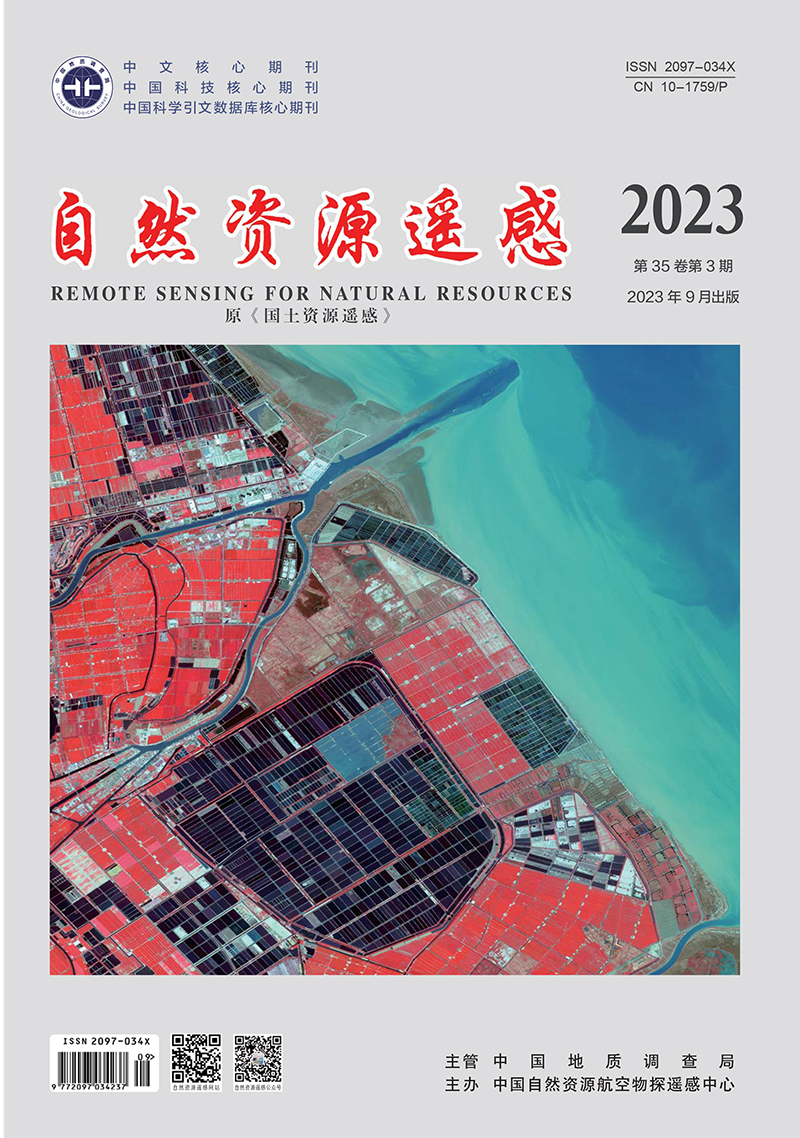XI Lei, SHU Qingtai, SUN Yang, HUANG Jinjun, SONG Hanyue. 2023. Optimizing an ICESat2-based remote sensing estimation model for the leaf area index of mountain forests in southwestern China. Remote Sensing for Natural Resources, 35(3): 160-169. doi: 10.6046/zrzyyg.2022173
| Citation: |
XI Lei, SHU Qingtai, SUN Yang, HUANG Jinjun, SONG Hanyue. 2023. Optimizing an ICESat2-based remote sensing estimation model for the leaf area index of mountain forests in southwestern China. Remote Sensing for Natural Resources, 35(3): 160-169. doi: 10.6046/zrzyyg.2022173
|
Optimizing an ICESat2-based remote sensing estimation model for the leaf area index of mountain forests in southwestern China
More Information
-
Corresponding author:
SHU Qingtai
-
Abstract
The leaf area index (LAI) is a critical parameter for the forest ecosystem. Improving the remote sensing estimation accuracy of the regional LAI of mountain forests at a low cost is of great significance for accurately determining the LAIs of forests and for further understanding the forest ecosystem. With spaceborne LiDAR ICESat-2/ATLAS data as a primary information source, this study investigated Shangri-La City in mountainous areas in southwestern China. Based on the remote sensing estimation model using random forest (RF) regression, RF hyperparameter optimization, and the data of 51 measured sample plots of LAI, this study analyzed the estimation effects of the model using accuracy evaluation indicators such as coefficient of determination (R2), root mean square error (RMSE), mean absolute error (MAE), and median absolute error (MedAE). The results are as follows: The hyperparameter optimization of the RF regression model using a random surface search algorithm can significantly improve the estimation accuracy of LAI. The extracted characteristic parameters of ground spots showed high contribution and excellent effects in the LAI estimation of mountain forests. Therefore, they can be applied to the estimation of regional LAI of mountain forests. The RF regression model optimized using the random surface search algorithm yielded higher estimation accuracy. The estimation results were consistent with the forest distribution in the study area, indicating certain generality. Finally, this study determined that it is feasible to employ ICESat-2/ATLAS data products for LAI estimation, providing a reference for medium- to large-scale LAI estimation based on spaceborne LiDAR.
-

-
-
Access History







 DownLoad:
DownLoad: